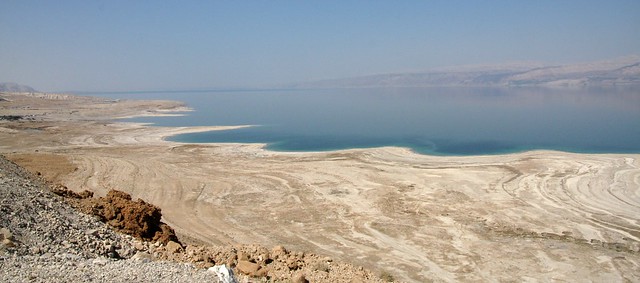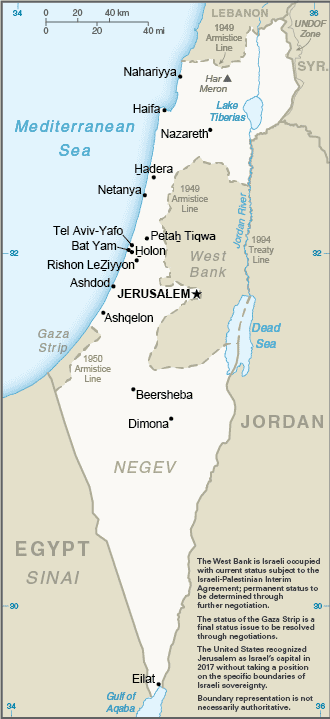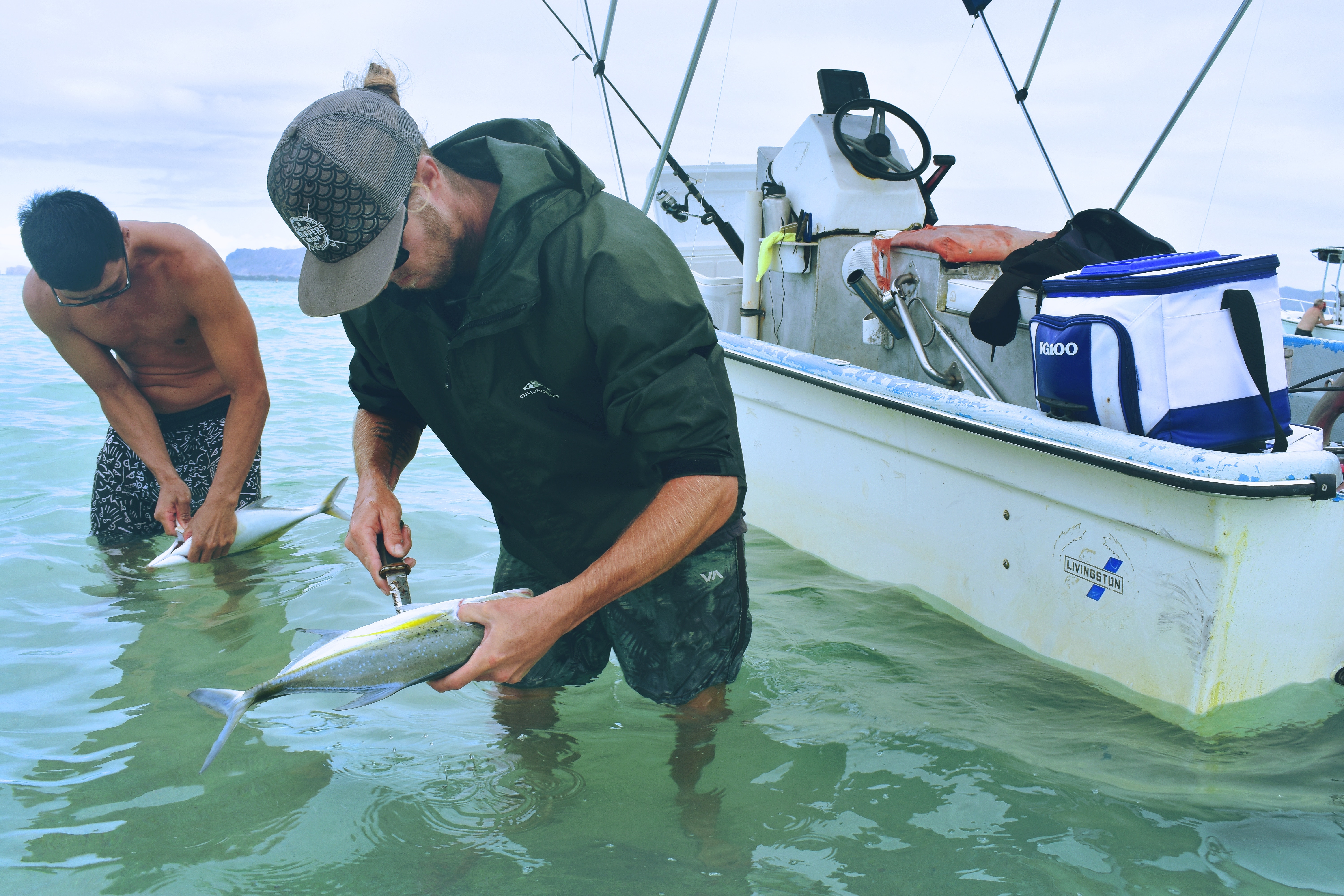
In late April 2019 a very interesting documentary, “Saving the Dead Sea ” aired on PBS’s NOVA, a long running American TV science series. (It can be rented from Apple’s iTunes, as part of a NOVA package, or as an individual program from Amazon’s Prime Video.)
The episode’s description stated,

“As the Dead Sea shrinks, engineers prepare a daring solution: connect it with the Red Sea by way of a massive desalinization plant. If it works, it could stabilize the legendary lake and ease regional tensions.”
The Dead Sea is located in a highly contested area of the Middle East. The Jordan River which flows south into it, and the sea itself, serve as a divider between the Palestinian West Bank and Israel to the west and Jordan on the east.
It is technically considered a lake, since it is landlocked. However, because of its size and the fact that the water is salty, people refer to it as a sea.
Then and Now
The Dead Sea’s earliest known name is recorded in Genesis, the first section of the Judeo-Christian scriptures. There it is called “the Salt Sea”.
But, by the Time of the Roman Empire many were referring to it as the Dead Sea. It was so much saltier than the oceans, that any fish, swept into it from the sometimes swollen Jordan River, would rapidly die.
No water lifeforms, other than a few microbes, survive in it.
The Dead Sea has shrunk or expanded over the millennia. According to the Encyclopaedia Britannica’s article, ” The Dead Sea “,
“It rose to its highest level, 1,275 feet (389 metres) below sea level, in 1896 but receded again after 1935 …”. To this day, it continues to shrink for a variety of reasons.
The Future
The same scriptures that preserved its earliest name also indicate that the Dead Sea will not permanently disappear, as some now fear.
You can find that in the section bearing the name of the prophet Ezekiel in chapter 47.

It states in the future the sea’s water composition will change for the better, and it will be well beyond what anyone currently expects to accomplish. This big body of water is destined to become such a dream fishing location in the future, its current name simply will not do.
More details are contained elsewhere in the book and from them one thing becomes clear: As ambitious and innovative as the desalination plan is, it won’t fully achieve the radical — indeed miraculous and restorative — change promised for the super salty lake and the arid region around it.
Photo Credits: Dead Sea by Honkanen Jonas, License: CC BY-NC 2.0; Map courtesy of CIA Maps; Fishermen by Drew Farwell, License: CC0.